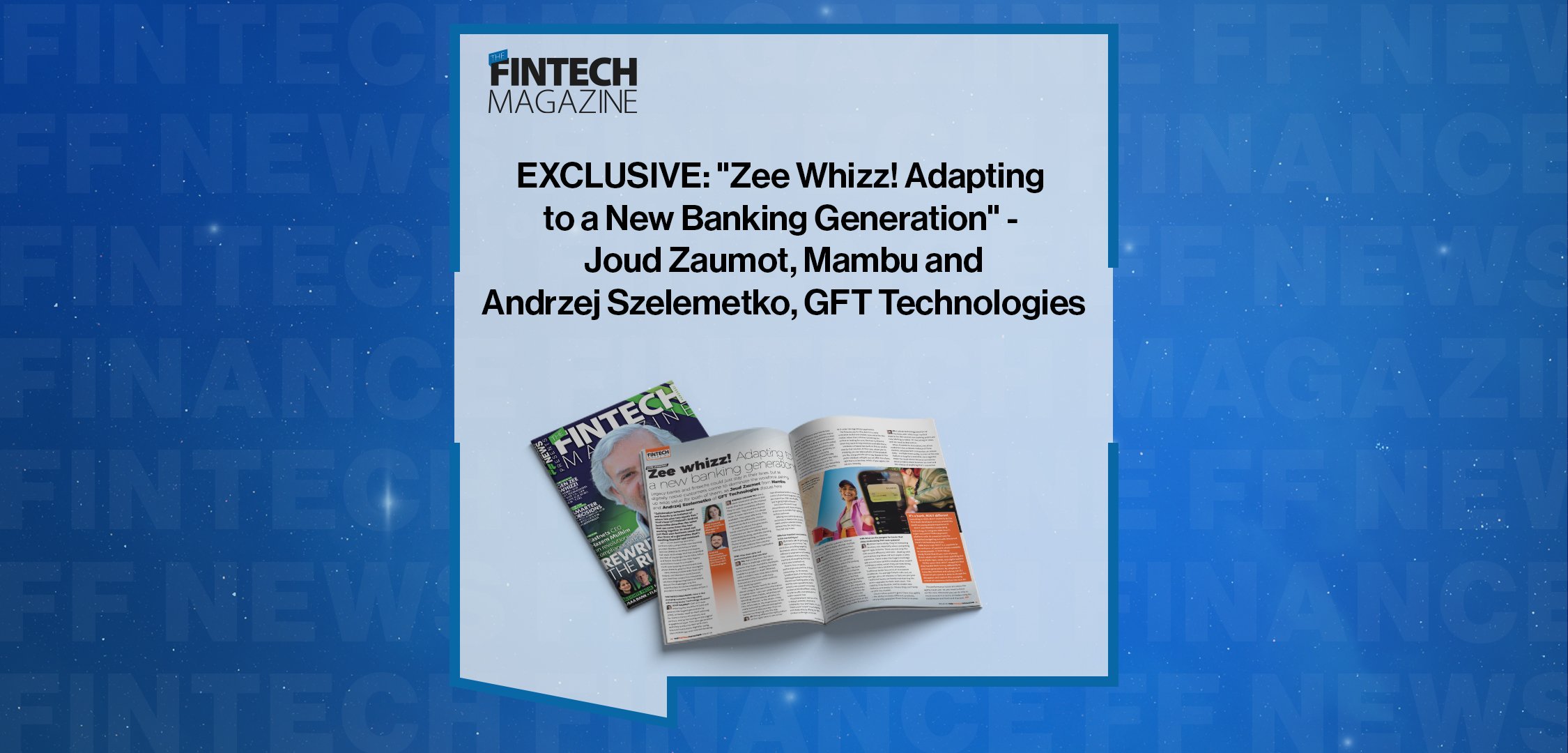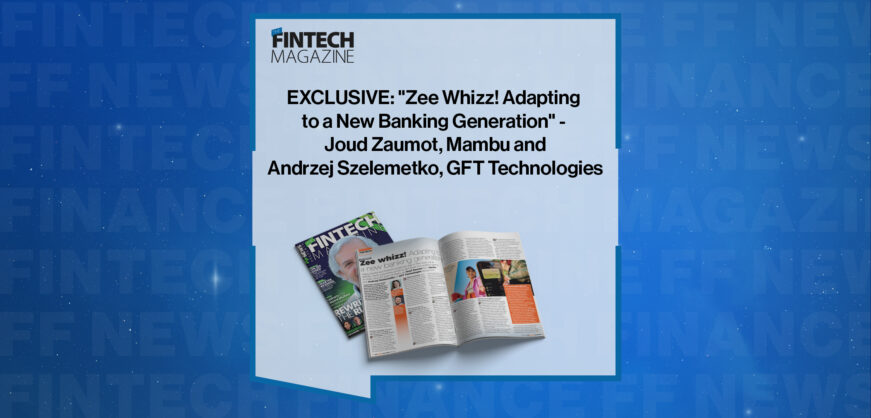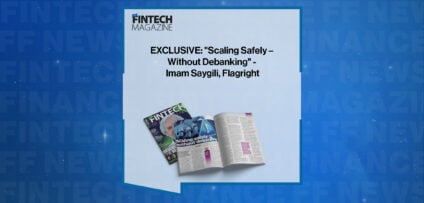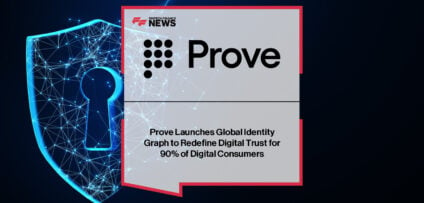Breaking News

EXCLUSIVE: “Zee Whizz! Adapting to a New Banking Generation” – Joud Zaumot, Mambu and Andrzej Szelemetko, GFT Technologies in ‘The Fintech Magazine’
Legacy banks and fintechs could just stay in their lanes, but as digitally native customers come to dominate the workforce, pairing up adds value for both of them, as Joud Zaumot from Mambu, and Andrzej Szelemetko of GFT Technologies discuss here
“Collaboration between banks and fintechs is an instance of where two plus two equals five.”
That’s how GFT Poland’s Andrzej Szelemetko describes the value that can come from the two working together to meet not just their own business needs but also those of a generation that’s reaching financial app overload. GFT – a core banking specialist – partners with composable core banking provider Mambu and Amazon Web Services (AWS) to develop and deploy full-stack technology that has propelled the likes of challenger banks Alba, Allica and Raisin. But they also help legacy institutions move to a modern multi-core banking environment that allows them to play to their strengths.
Here, Andrzej Szelemetko from GFT Poland, and Mambu’s Joud Zaumot, who lead their respective companies’ solutions engineering teams in EMEA, discuss the challenges and the opportunities for those established providers in meeting the needs of Gen Z.
THE FINTECH MAGAZINE: How is the changing customer demographic influencing banks’ technology choices?
JOUD ZAUMOT: Gen Z is now entering the workforce [and will become the largest generation by 2035], so banks need to start catering for them in terms of products and services, and by focussing on the digital engagement layer. This new generation definitely prefers to deal with their financial institutions digitally, using their mobile app and internet banking.
ANDRZEJ SZELEMETKO: Gen Z were raised with phones in their hands that have access to the internet. They’re used to completely different experiences. They trust the internet more: it never fails them, it is always available. They shop differently. They communicate differently. Online experiences – first is normal to them. In order to attract this generation, banks need to be where these customers are. We’re talking about embedded banking, seamless banking, even invisible banking, so that the financial products are available at the point of sale, without the customer having to move to another application.
TFM: How does data and personalisation play into this?
AS: Data is key here. But this is often a challenge with legacy systems that have monolithic databases built around them – making that data usable is a project in itself. Whereas, with a modern core, that data is being streamed all the time, with every transaction and interaction with the core banking system.
Then, the banks have to be smart about using it, because this information is a gold mine – you can understand user behaviour, their habits, what they are spending on and where, whether it’s over the internet, in the shops. Using this information, the experience can be really tailored by differentiating their experience in the journeys they use, as soon as they log into the app.
JZ: Being offered the right product at the right time is one of the main attractions for Gen Z. I mean, how cool is it if your banking app says on the purchase of your 10th cup of coffee, ‘you’re going to get a discount’?
Gen Z loves this kind of small personalisation and, because fintechs know how to use data, they’re giving it to their customers. Offering more personalised service and products, based on the customer needs, creates customer stickiness because they feel they’re heard. They feel they’re seen.
TFM: How important are partnerships to this new banking era?
JZ: Fintechs take the partnership approach very seriously. They don’t focus on building everything themselves, which is completely different to what we’re used to seeing from traditional banks, where they want to build everything, from front end to core to the back end.
Fintechs focus on specific partnerships and sometimes strategic partnerships. So, for example, TymeBank [part of the South African banking group that launched with a Mambu core banking system in 2019and has now expanded into South America and is poised to enter Asia] has partnered with different retailers in order to offer more products to a wider customer base.
If traditional banks want to survive in today’s economy, they need to collaborate more with fintechs, for sure. There’s room for both to work together and create value by offering the right product to the right customers. They need to focus on what they do best: banks on their customer base, because they’ve already created that trust, and fintechs on their agility, flexibility and ability to create different products at a very fast pace and time to market.
A good example of a collaboration is ABN Amro’s BUUT, a new neobank, specifically for Gen Z, based on Mambu’s underlying technology, which was built with the ABN Amro team behind Dutch payment app Tikkie. When you see big names such as this involved in such collaboration, you realise they understand the competition, they feel the burn. But it’s great for customers, because they end up with multiple offerings, multiple products, multiple services to choose from.
AS: Collaboration between banks and fintechs is an instance of where two plus two equals five. You get more value than working separately. You can deliver those fintech experiences within the banking context, within the banking app.
But there is another angle to this. The bank does not have to be in front of the customer for many services. For instance, the customer wants to be able to access a loan. But that doesn’t have to happen in the banking channel. Enabling fintechs to use banking products and to innovate around them is also important. Although not a bank, the Polish Credit Bureau, which enabled collaboration with fintechs by providing their data for APIs, illustrates the point. Fintechs can use this data and, instead of the Credit Bureau building new views on the customer, new models, they enable fintechs to do it under the regulatory supervision.
The fintechs pay for this, but it is a very innovative model and creates new value for the market. When the customer is looking for clothes or looking for cars, the loan to finance what they want to buy could be available there. VeloBank in Poland has built on this to create exactly that solution. In this case, when you’re shopping, you can take a photo of the product you like, along with the price tag. Based on the photo, VeloBank will give you an offer for a loan, right there in the shop, which, if you agree, can pay you instantly.
TFM: What are the dangers for banks that delay modernising their core systems?
JZ: When banks delay, they’re increasing business risk, especially when competing against agile fintechs. There are not only the risks around efficiency and cost – dealing with and maintaining those old tech stacks is very expensive. There is also the huge knowledge gap around core systems created when expert employees retire, which they are now doing. Another risk is related to innovation.
Traditional banks face a lot of innovation roadblocks. An average fintech rolls out, on average, 20 to 30 releases or features per year. Traditional banks are barely maintaining the minor upgrades for their tech stack. This inability to be flexible, and to create new features and products, means they can’t keep up with the market.
Cloud-native systems gives them this agility – the ability to create different products, very quickly and gives them time to market.
AS: I talk to technology directors all the time, and I often hear ‘my best experts for the current core banking system are now starting to retire’. It’s becoming an issue, and we need to deal with it. When it comes to innovation, one of our customers has a release cadence of three months, whereas tech companies can release daily – multiple times a day, as soon as the new feature or bug fix is available. And upgrades make the issue worse because sometimes these projects block business as usual and the release of anything that’s innovative.
The performance issues are where the agility issues are. So, you need to focus on the core, otherwise you can do only so much around it in terms of modernising the middleware and front-end channels
It’s a bank, BUUT different
Launching in 2025, BUUT claims to be the ‘first bank developed entirely around the world as young people experience it’. BUUT uses Mambu’s underlying technology to integrate ABM Amro’s super-successful Tikkie payments platform with AI-powered tools for simplified budgeting and with the parent bank’s full banking services.
ABM Amro says BUUT is a response to the confusion of payment choice available to young people. A 2024 Nibud study found that 60 per cent of young Dutch adults can’t track their spending due to multiple apps, cards, and digital wallets. At the same time, BUUT recognises that they handle their money differently to previous generations. By adopting an Insta-like interface and solving Gen Z’s financial pain points it aims to disrupt the disrupters and capture this emerging cohort of customers before the neos do.
This article was published in The Fintech Magazine Issue #36, Page 12-13
- Boku Deepens LATAM Commitment, Readies Merchants for Brazil’s Digital Payments Revolution via Pix Read more
- MAPFRE is the Largest Multinational Insurance Company in Latin America Read more
- African Development Bank Group’s Office of Integrity and Anti-Corruption Partners with Special Investigations Unit to Combat Financial Crime Read more
- The 4th Edition of the Africa Fintech Forum to Shape the Future of Finance in Kenya on October 15 Read more
- EXCLUSIVE: “Zee Whizz! Adapting to a New Banking Generation” – Joud Zaumot, Mambu and Andrzej Szelemetko, GFT Technologies in ‘The Fintech Magazine’ Read more




















